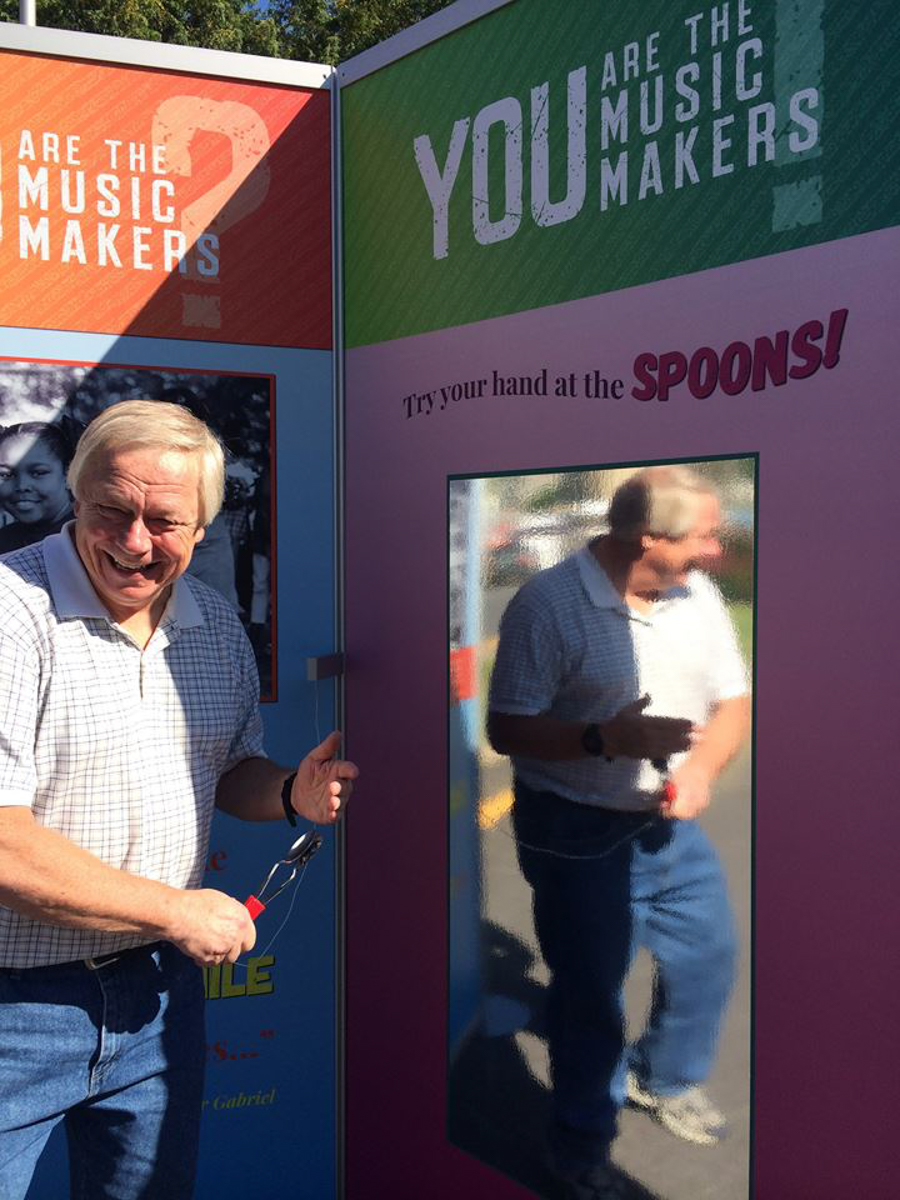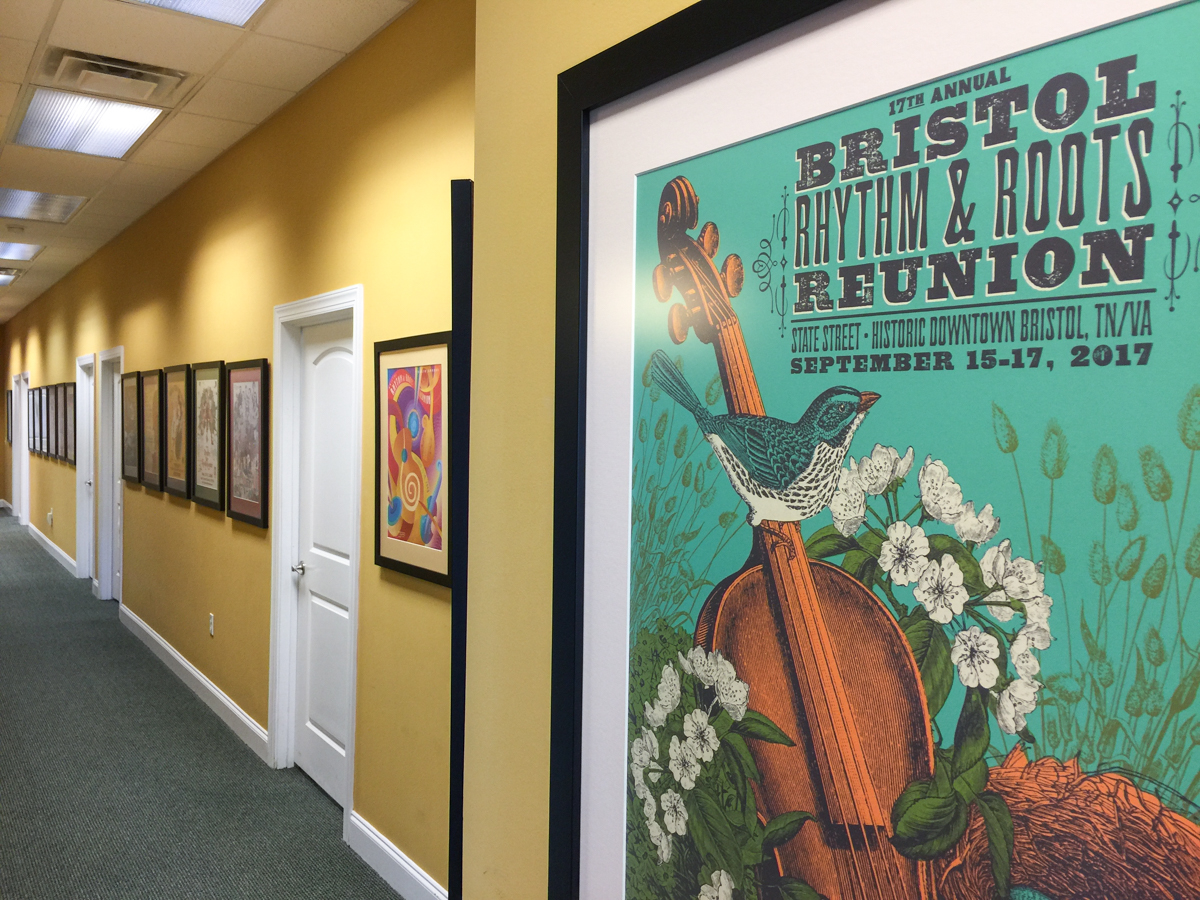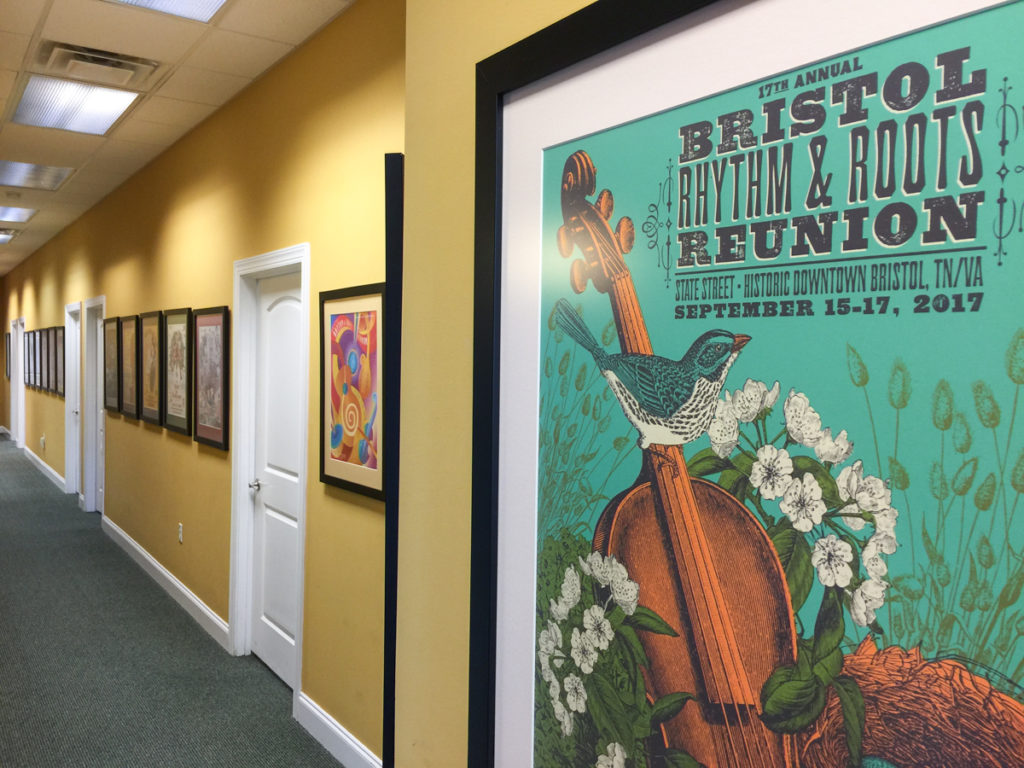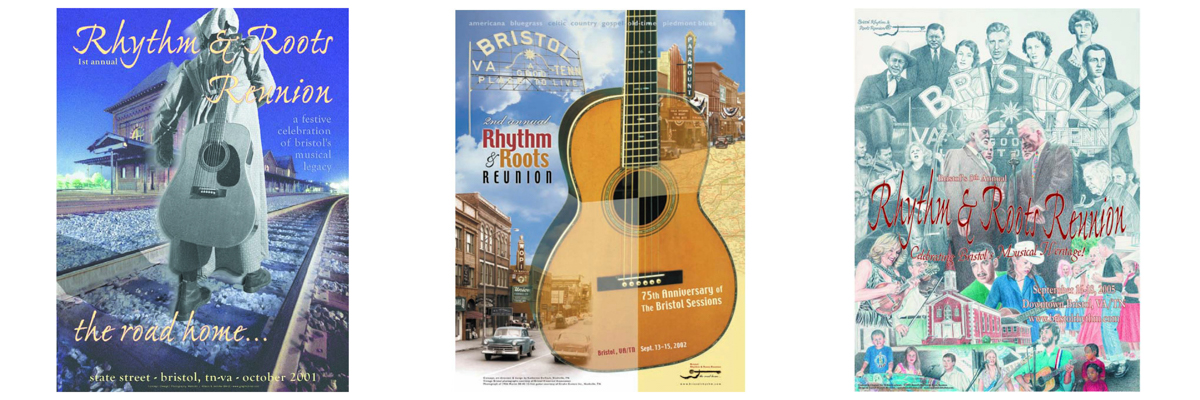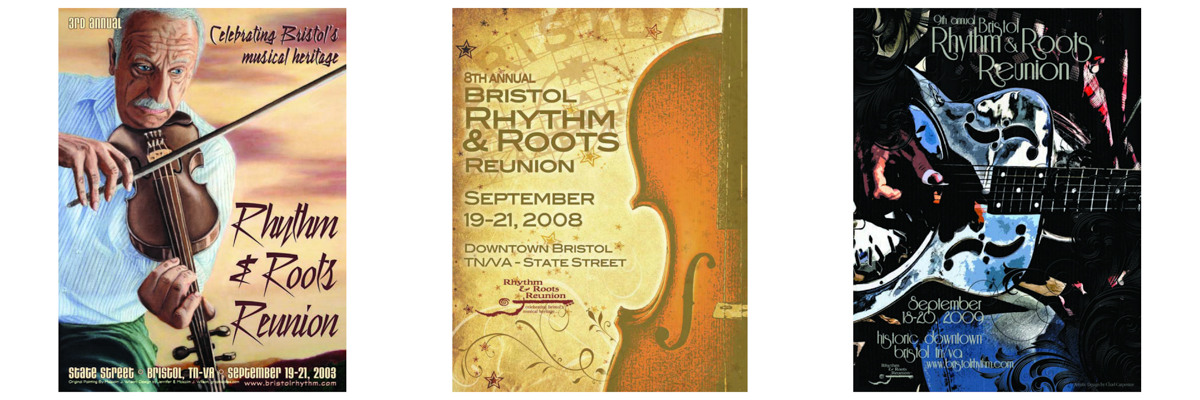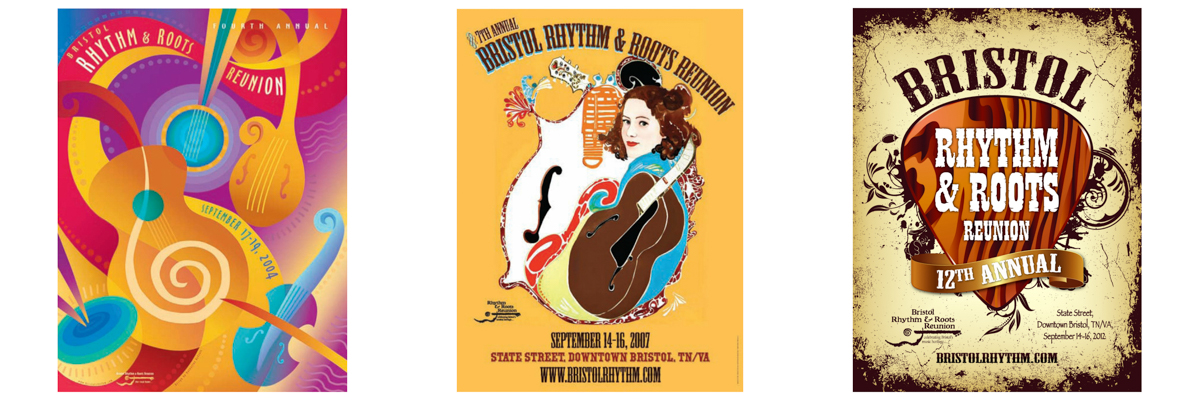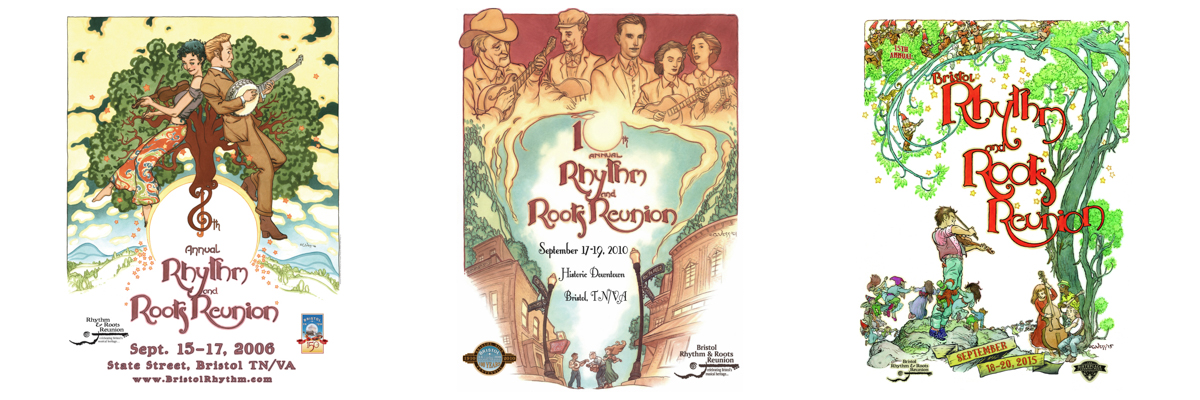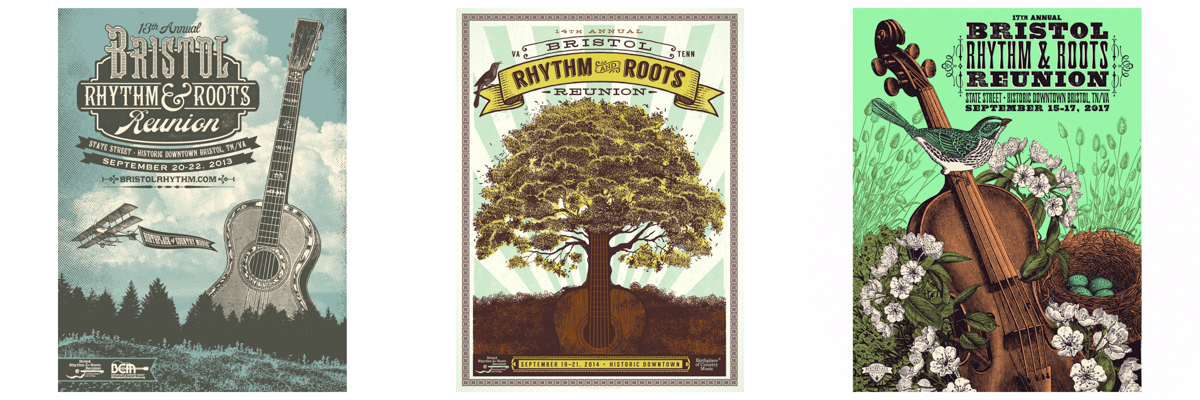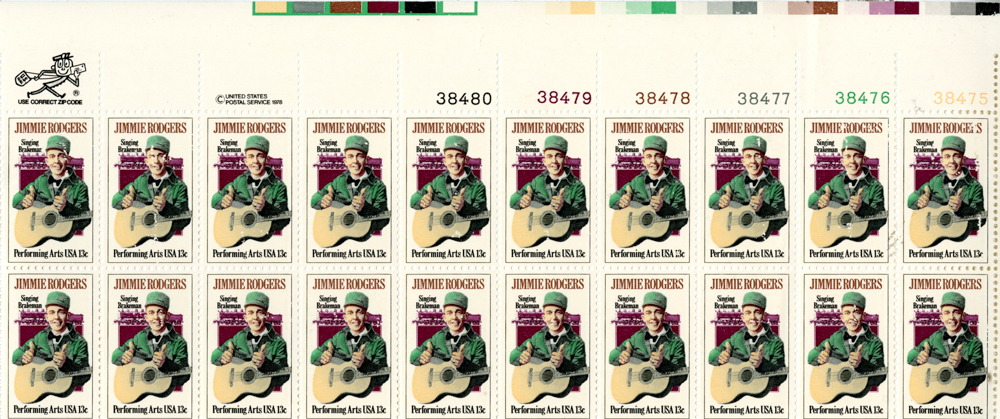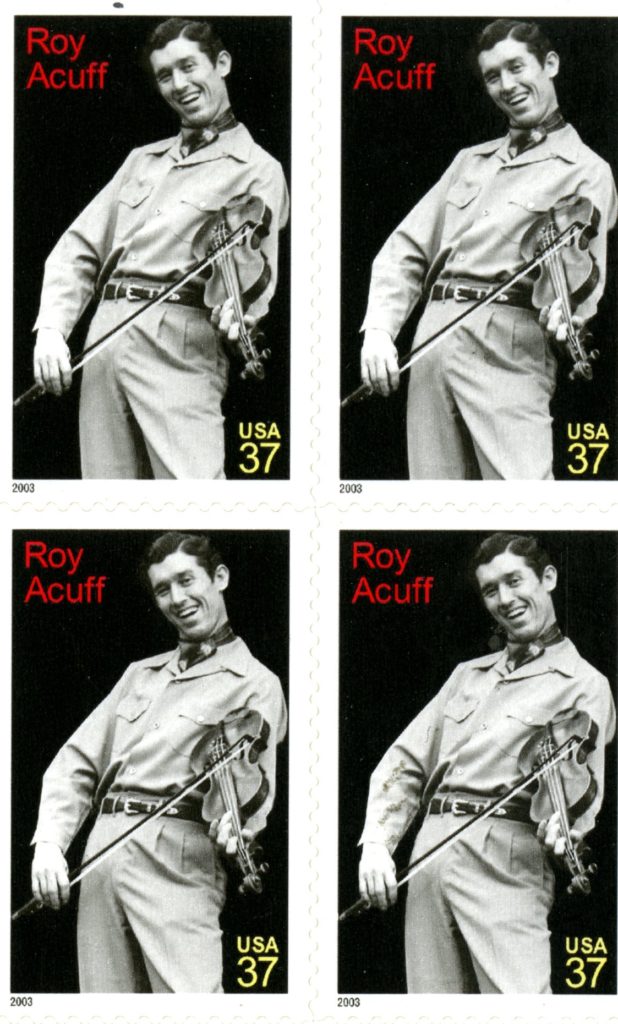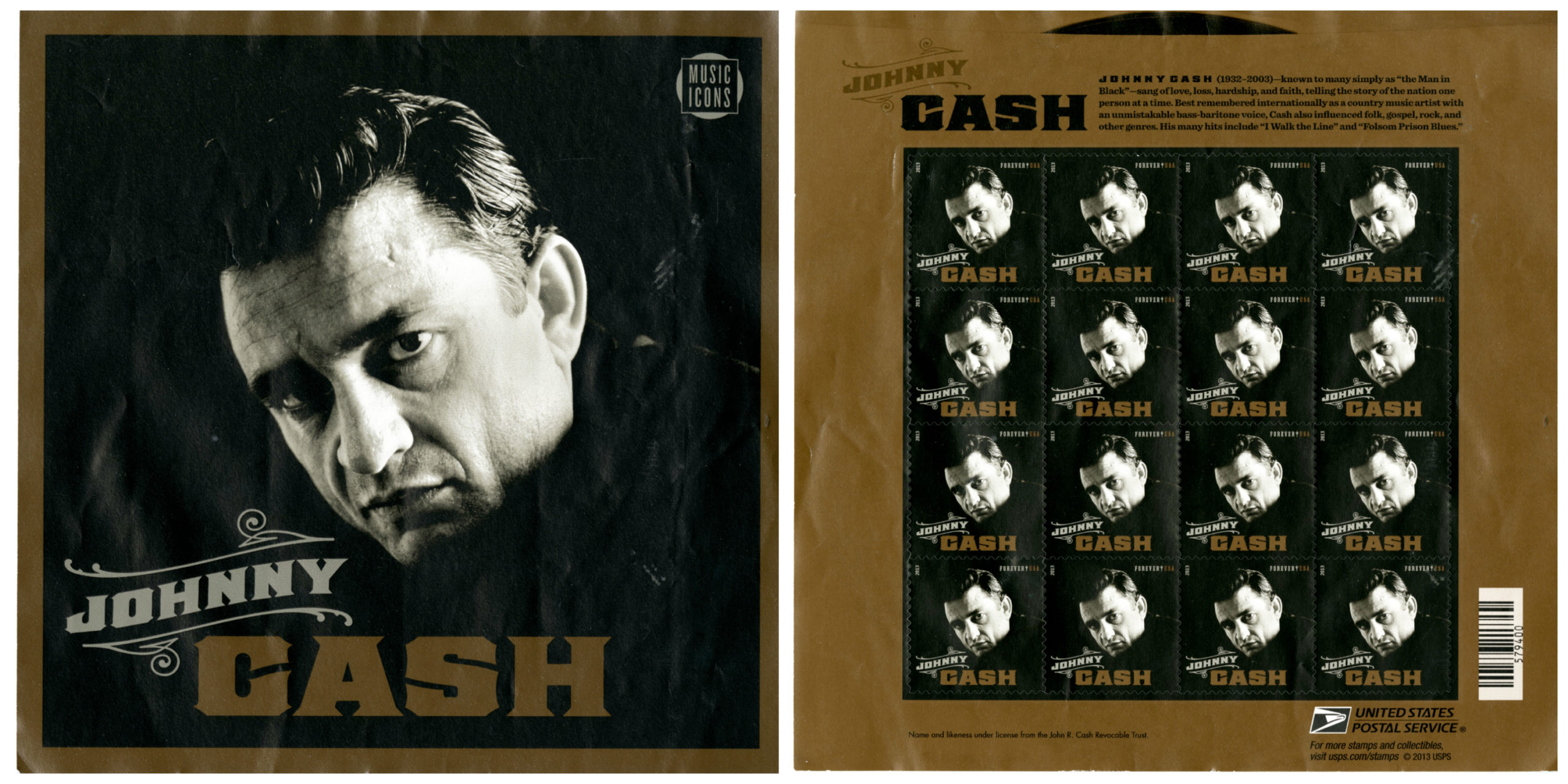Every year, volunteers across the country lend a hand to help organizations, charities and nonprofits, schools, and churches to do their work and to carry out their missions. In museums alone, volunteers give over a million hours of volunteer service every single week!
As a small nonprofit, the Birthplace of Country Music is fortunate to tap into the time and talents of hundreds of volunteers each year. We recruit these dedicated people throughout the year – from calls for volunteers for Bristol Rhythm & Roots Reunion to regular training sessions at the museum.
Our volunteers act in dozens of important roles supporting all three elements of our organization: the museum, the festival, and the radio station. They are docents and gallery assistants, work behind the scenes in our archives, tackle the logistical puzzle of our 3-day music festival, greet and transport performing musicians, help facilitate our live radio shows, and so much more. There is no doubt that they are integral to our success.
There are many reasons to love our volunteers – I could definitely write a hugely long post about this – but, for now, here are our top 5!
1. We consider our volunteers to be the equivalent of members of staff. Every day we see their professionalism on display, and we know that they take their responsibility to our visitors seriously. By sharing their input with us, helping us when our paid staff cannot fulfill all the organization’s needs and roles, and holding themselves accountable on a daily basis, it also means that they make our work easier. This allows us to focus on other necessary tasks knowing that whatever they are doing is in good hands. And because they are immersed in our work – and truly understand the depth of that work – our volunteers are our very best advocates, sharing our story and our mission with visitors, the local community, and even further afield.

2. Our volunteers are interesting! We have volunteers from all walks of life – from retired schoolteachers to neurologists, high school and college kids to history buffs, and artists and musicians. Every day we get the chance to have a fascinating conversation with a volunteer, learn something new about a topic we previously knew little to nothing about, or tap into their many skills, making all the difference to our work.
3. Volunteers help make our grant applications even stronger. The significant amount each and every one of them gives to our organization can be viewed as in-kind donations from our community. Each year we have over 800 volunteers on the ground from the break of dawn until late at night at the Bristol Rhythm & Roots Reunion festival; we also have volunteers working on the planning committees for the festival all year round. Since the Birthplace of Country Music Museum opened in August 2014 and Radio Bristol launched in August 2015, our museum and radio volunteers have given almost 10,000 hours to help us on a daily basis. Volunteers also pitch in with other outreach projects like the annual Border Bash concert series and our support of Bristol Motor Speedway’s Speedway in Lights program every winter. All of the time and support given to us by our volunteers is a tangible marker of community support and engagement, which is integral to successful grant applications – and successful grants help our organization to develop and to deliver our mission.
4. Not only are our volunteers good at what they do, but they also know how to have a good time – and how to make our lives fun! From getting into the spirit of a volunteer party theme by dressing up like country musicians to sharing the best-tasting potluck dishes in town at our annual Christmas party, you can count on our volunteers to bring good cheer and good fun to every occasion.
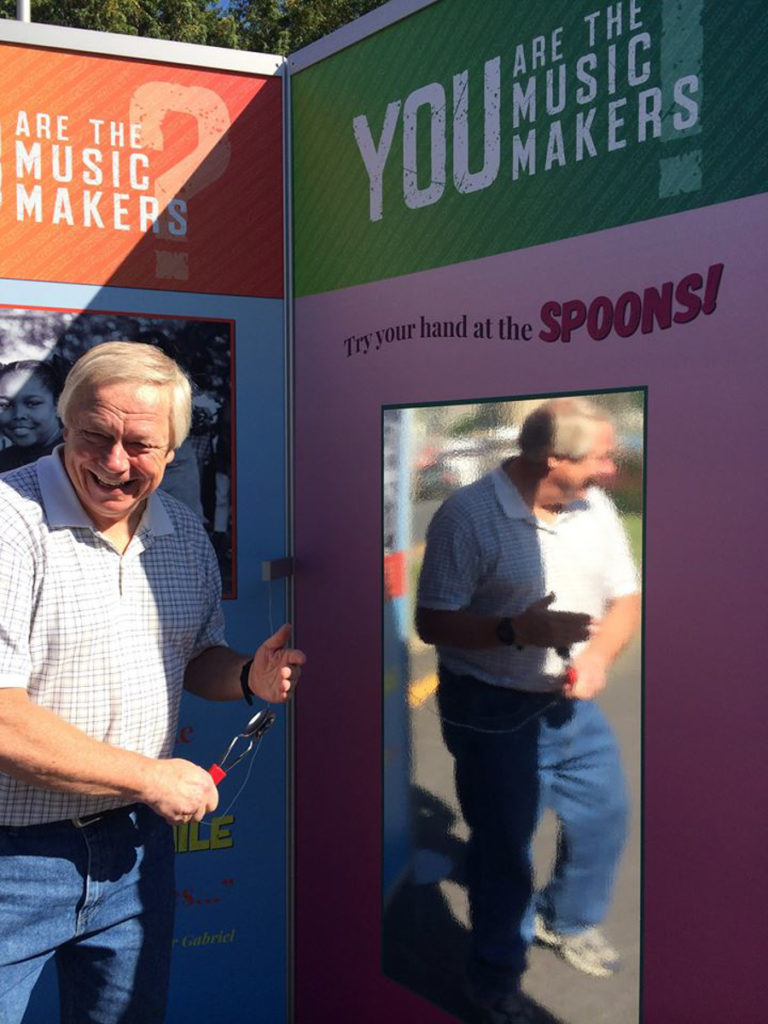
5. Most importantly, because our volunteers are dedicated, welcoming, and knowledgeable, they have a direct and meaningful impact on our visitors. Our festival may be a blast, our museum may be engaging, and our radio station may make your toes tap, but it is our volunteers who make your time with us special.
René Rodgers is Curator of Exhibits & Publications at the Birthplace of Country Music Museum. If you are interested in volunteering at the museum, new volunteer training is being held on July 25 and August 1.


